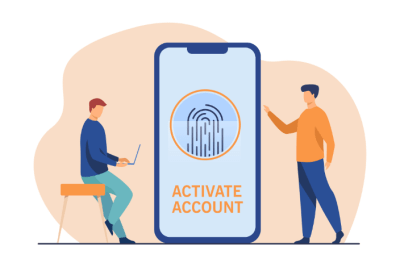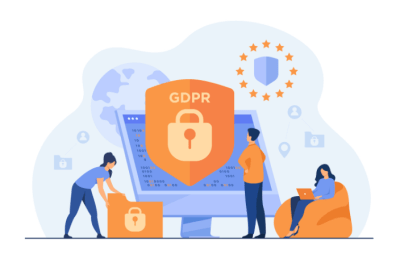Companies can use biometrics for a variety of purposes: recording time, controlling access, logging into a computer or simply identifying themselves. Think of double-checking in your banking application, for example.
At first glance, this is very convenient, as you normally always have your face and hands available, so you can't forget them at home or in your car.
The icing on the cake is that a person's fingerprints are unique and therefore non-transferable. But since the GDPR legislation came into force, biometric data has become sensitive information.
What do you need to consider when using biometrics in your company? Why implement it? What would be the benefits? These questions will be answered in this brand-new blog post.





